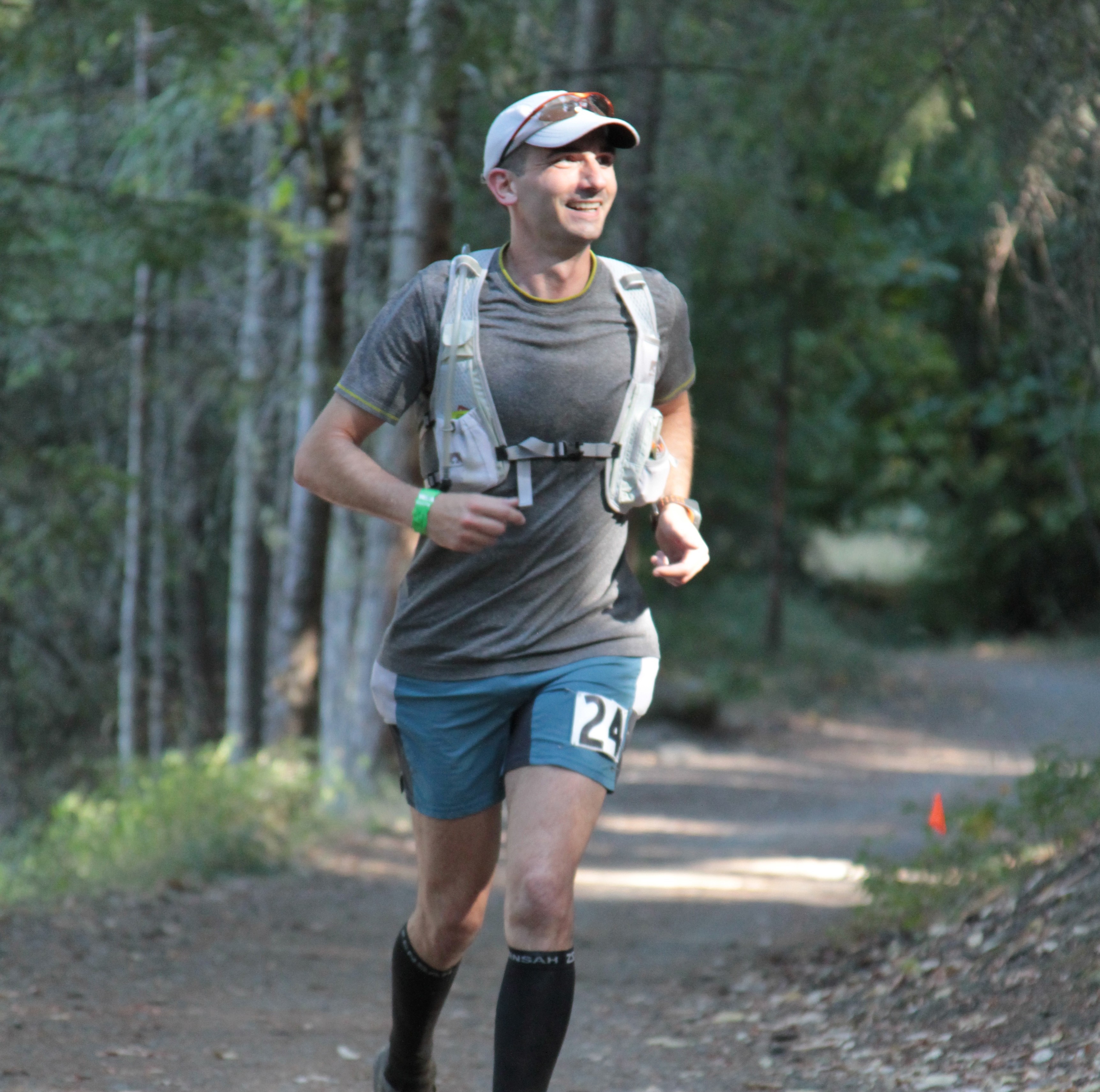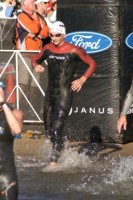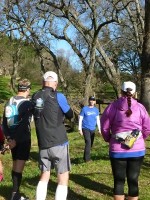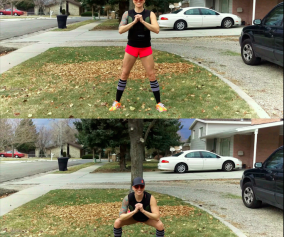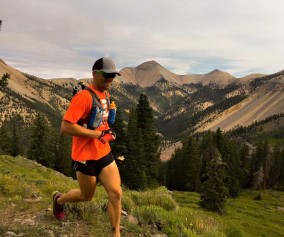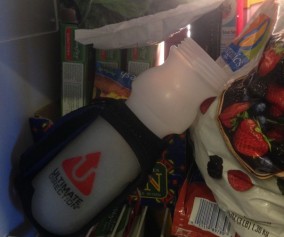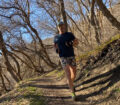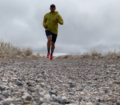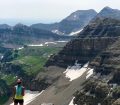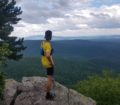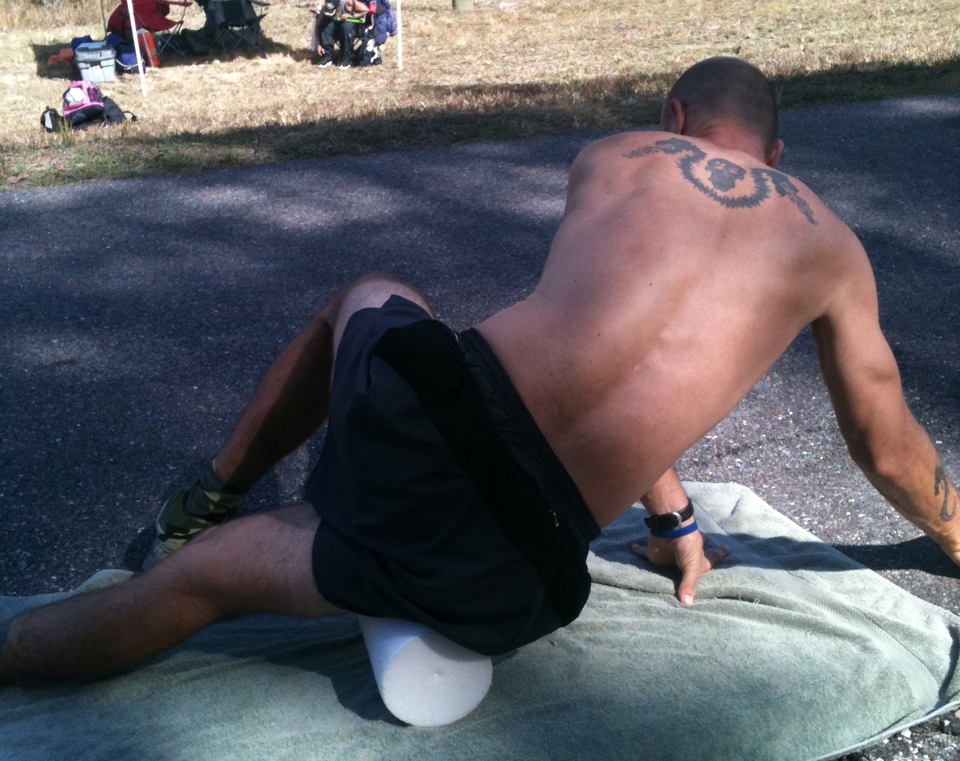There’s something to be said about learning things the hard way, and for California competitive triathlete Andy Sulak nothing could be closer to the truth. He has limited lung function due to a bout of childhood pneumonia. He had knee reconstruction surgeries a few years back after years of playing soccer and repeated injuries. A chance snowboarding accident left him with a separated shoulder and more time to consider his options. Out of these setbacks a deep desire to help others achieve their athletic goals developed, with an emphasis on getting there with a positive attitude and doing it all pain free.
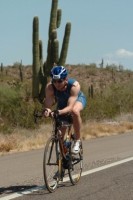 Andy is a problem-solver by nature and his injury downtime gave him an invaluable opportunity to ponder his future. He quickly concluded that if he were to remain competitive, he’d have to make his movements more efficient and increase the productivity of his workouts when he could fit them in. He became an Ironman and continued to hone his coaching philosophy.
Andy is a problem-solver by nature and his injury downtime gave him an invaluable opportunity to ponder his future. He quickly concluded that if he were to remain competitive, he’d have to make his movements more efficient and increase the productivity of his workouts when he could fit them in. He became an Ironman and continued to hone his coaching philosophy.
After four years Coach Andy Sulak has built a regional and national reputation and following, and has recently consolidated his efforts and ideas into The Range of Motion. (www.therangeofmotion.com)
How did you get started coaching?
My progression into endurance sports was a natural one—I just simply found myself doing more and more endurance events as my fondness for the sport grew. And during this time I was finding better and safer ways to train and race and I simply began sharing my findings with friends in the sport. And much like my progression as an athlete, so it went with coaching with a number of fellow athletes asking me to coach them. Over the last few years I’ve formalized my training and honed my philosophy and made the decision to go to the next level with The Range of Motion.
What kind of athlete seeks The Range of Motion experience?
We tend to attract athletes who want to enjoy and improve on their active lifestyles by working smarter, not harder. We help folks establish goals and then provide guidance in attaining those goals. Our biggest reward is when our athletes reach what they once thought was an unattainable.
How do you tailor your coaching methods and styles to each individual?
We put an emphasis on one on one communication. And it’s through these conversations that we establish realistic goals and healthy starting point for our athletes. And of course we factor in how to best balance their athletic journey with their everyday lives. I’m very focused on the quality of the workouts and keeping each and every workout fun so our athletes stay engaged and don’t have to scramble for justifications to keep at their training schedule while juggling a busy work week schedule.
Tell me about a “typical athlete” you see.
A typical athlete on the Range of Motion roster– though we’re more apt to highlight the atypical aspects– is someone who is goal oriented—i.e. like wanting to qualify for the Boston Marathon or completing their first 5K or getting back to swimming for health reasons after years out of the water. The second common denominator within the group is that they all want to attain their goals by being smart, more efficient, injury free and somewhat pain free.
You’re a 4-time Ironman and a dedicated athlete. What brought you to the other side of the fence (coaching) instead of pursuing more race finishes and PR’s?
I don’t think I’ll ever stop pursuing my personal goals—I see myself chasing the journey for the rest of my life. I’ve found that there are great benefits to keeping my race calendar booked because with each training session and with each organized race that I do, I develop more ideas and methods to help the athletes that I coach. The races that I do are just part of my coaching equation though admittedly I do love the competition! Ultimately, it’s more important to me that I help as many people as possible reach their goals and change lives versus collecting medals for my wall.
What do you say to the person coming back from injury or illness, or the person looking to make a major life change for medical reasons?
We’re comfortable with saying that anything is possible within reason. And that it’s always possible to stage a comeback when a set of realistic goals are agreed upon and a sensible plan is set into place to make those goals a reality. People get caught up in the finish—we help map out the course to get there one pain free step at a time.
What are some of the typical drills you focus on when you want someone to learn efficiency?
Most of my drills focus the athlete on using their muscles and completing their movements more efficiently. When our athletes first come to us I tend to find that they’re working a lot harder than they need to which causes injury and painful workouts. We don’t train our roster for pain; we train to avoid pain and to get the best results given their present skill level. Our training starts with the premise: What kind of results would you think someone could get if they knew going in that the activities would be relatively pain and injury free. Having the ability to instill that confidence is a huge part of our success.
What’s the typical time frame athletes work with you?
Most of my athletes have been with me for several years now. Many begin a training program to focus on a goal event or to recover from an injury but continue because once they see what they can achieve, they want to do more. My philosophy is to coach and teach each athlete so that they don’t necessarily need to have a coach, but by working together, they improve and I step up my coaching to support them which keeps the relationship productive, rewarding, and fun!
What are the costs associated with a training cycle?
We provide custom monthly training that ranges from $75 – $150 per month. The variation is based on the level of one-on-one interaction the athlete prefers, both onsite and remotely. We currently have a number of athletes we are successfully coaching using easy-to-use technologies.
What’s the next race on YOUR schedule, and how will you train?
My next big races are the Paris marathon in France (one of my wife’s bucket-list races that I’m happy to join her in) and the DRTE 100 ultra marathon in June. Since these are very different races – Paris being a fast, flat road marathon and DRTE being a trail 100 miler with serious elevation gain – building the training plan for these has been a fabulous challenge! I’ve taken a blended approach to adding top-end speed for Paris and gradually adding in the hill work for DRTE. By closely monitoring my progress to support the fitness gains, but not applying so much training pressure that I create the opportunity for injury or illness, it’s going very well and I enjoy the variety that training for these two races offers. After DRTE I’ll shift gears to finalize preparations for Ironman Lake Tahoe in September… like I said, I love a challenge!
Editors call for comments:
Have you taken advantage of opportunities to have a coach in your training? What benefits have you seen from it?



